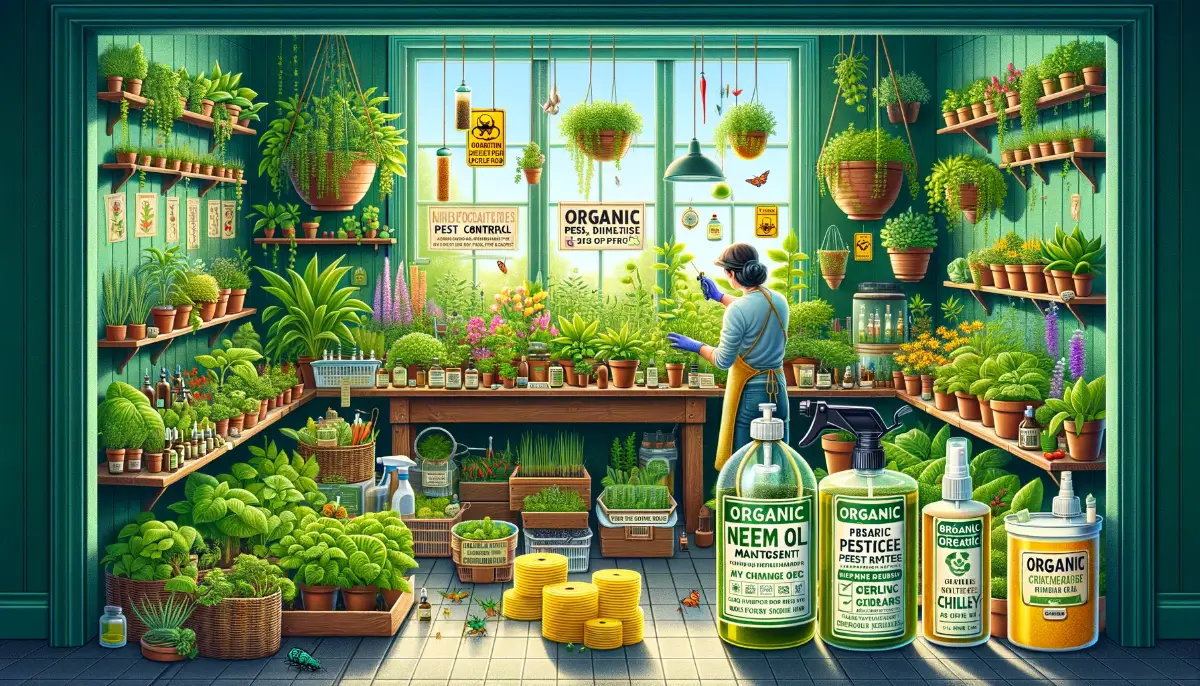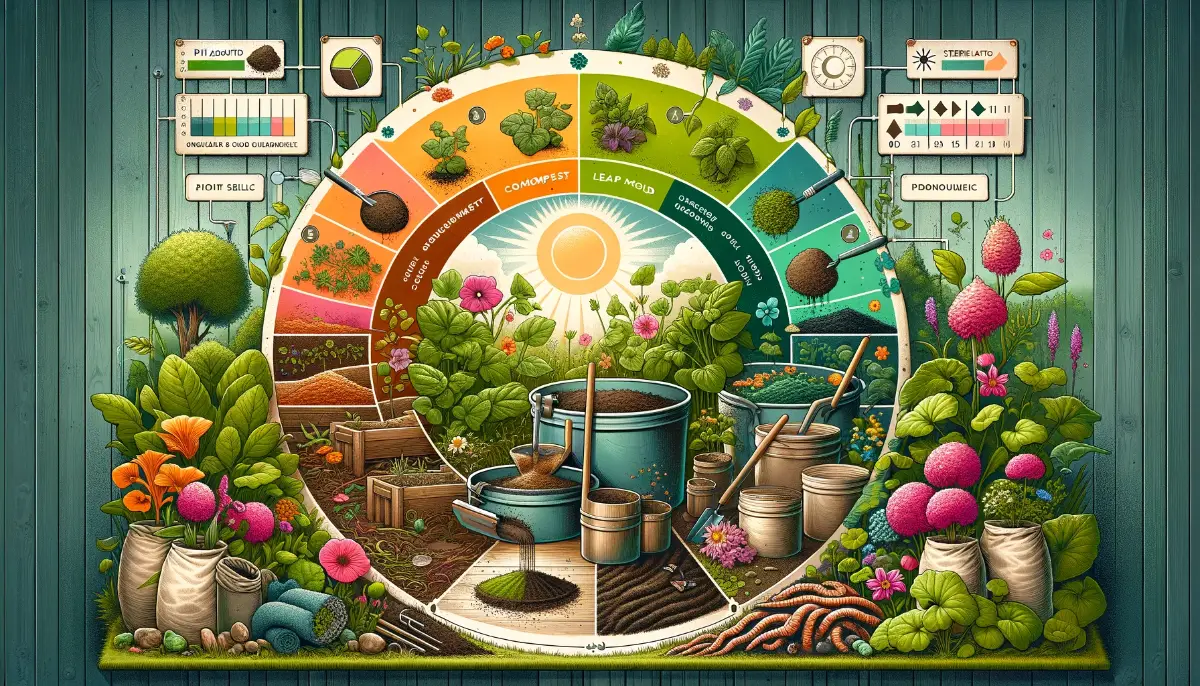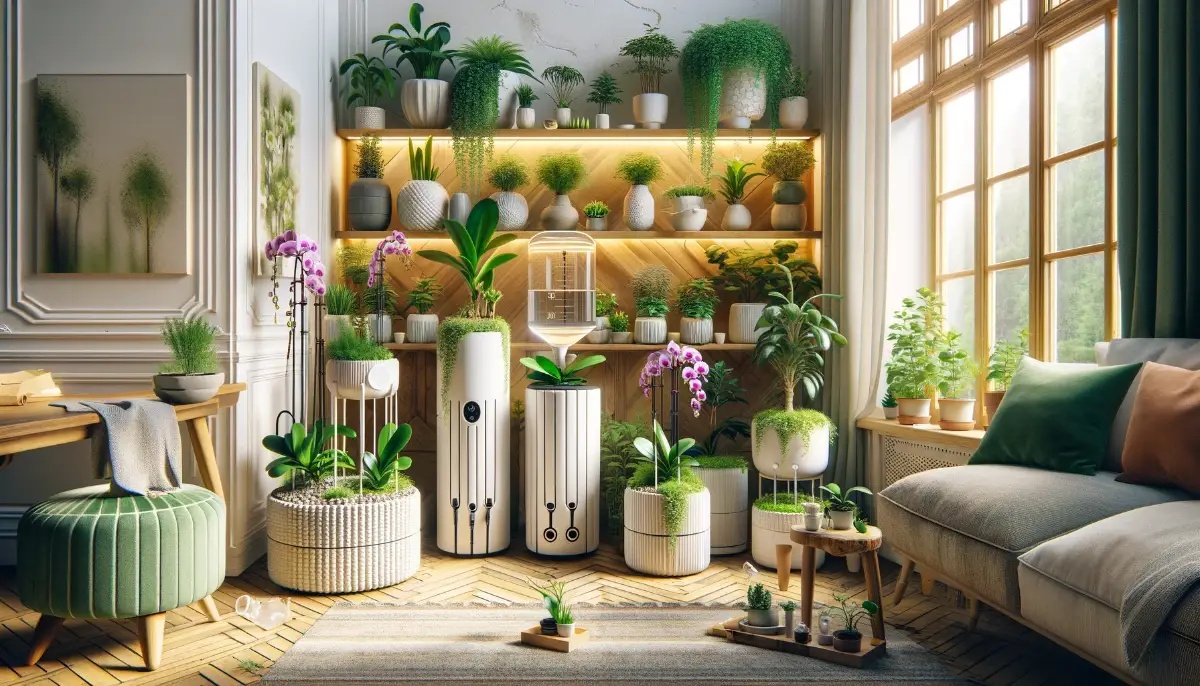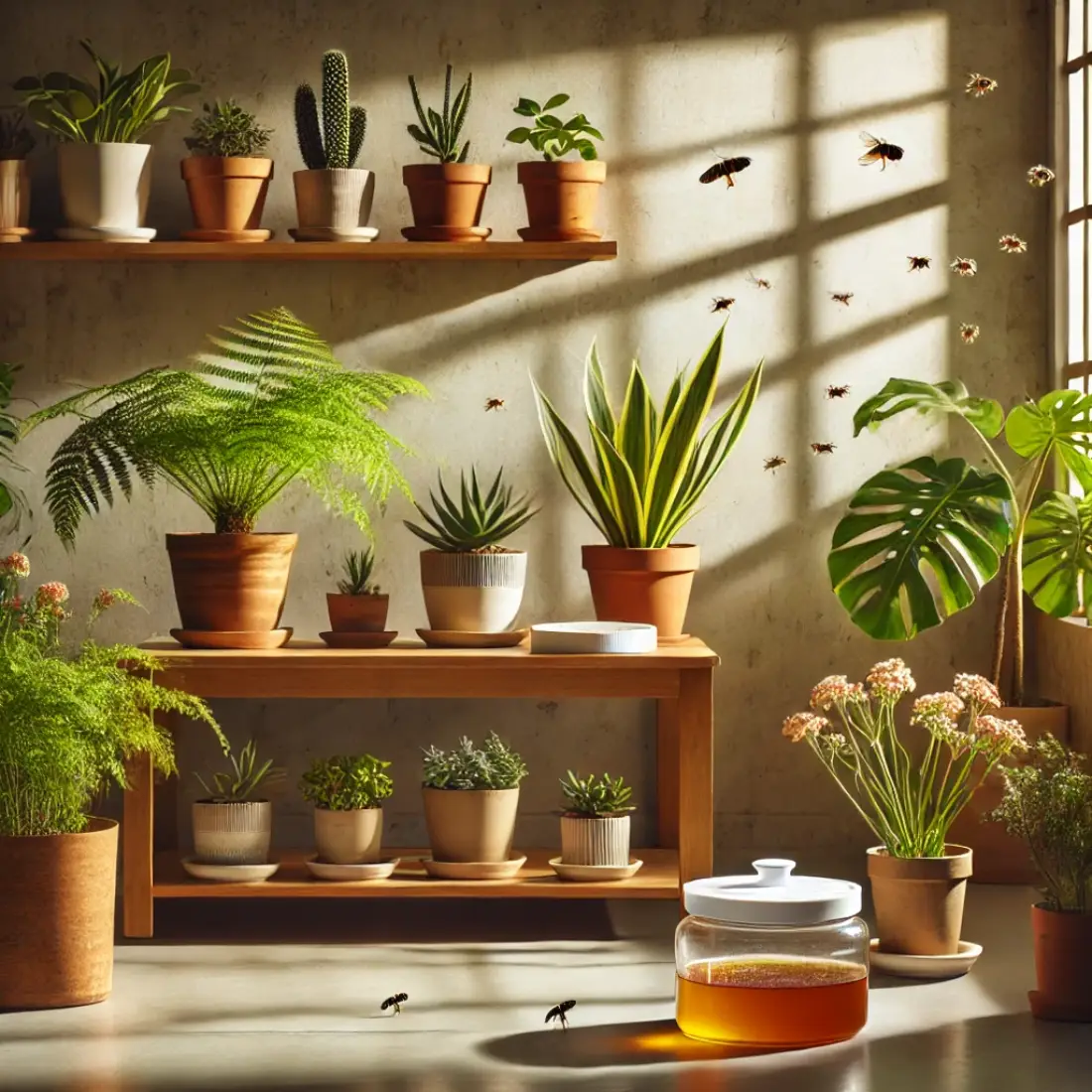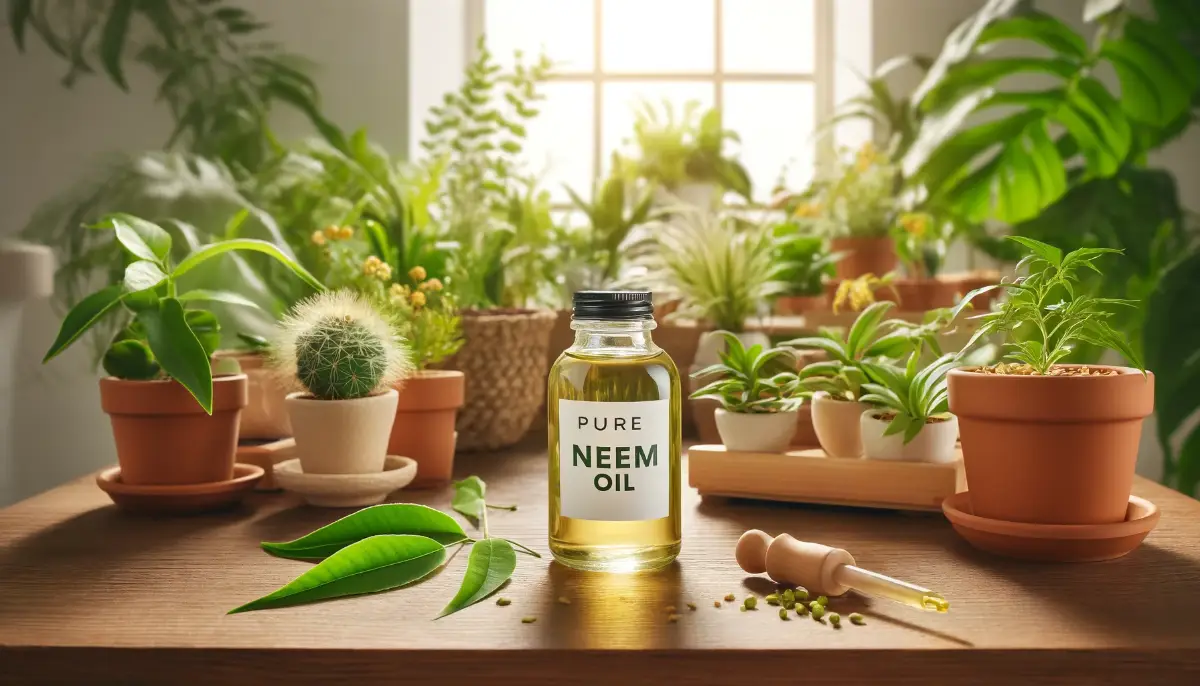Managing pests and diseases is a crucial part of successful indoor organic gardening. These challenges can harm your plants, reduce yields, and undermine your efforts. But with organic methods, you can control pests and diseases effectively while being kind to the environment.
In this guide, you’ll learn proven strategies for prevention, how to identify common problems, and ways to address them without chemicals.
- Healthy plants start with healthy soil.
- Regular inspections help catch pests early.
- Beneficial insects are your secret weapon in organic pest control.
- Good airflow and proper watering prevent many diseases.
- Prevention is always easier than cure.
Preventing Pests and Diseases in Indoor Organic Gardening
1. Start with Healthy Soil
Use organic fertilizers like fish emulsion or seaweed extract. Add compost to introduce beneficial microbes.
💡 Tip: Healthy soil is the foundation of strong, pest-resistant plants.
2. Choose Disease-Resistant Plants
Select plant varieties that naturally resist pests and diseases common in your area.
💡 Pro tip: Check labels or ask your local nursery for recommendations.
3. Rotate Crops and Space Plants Properly
Crop rotation, even in small pots, disrupts pest life cycles. Ensure enough space between plants for proper air circulation.
4. Water Wisely
Stick to a consistent schedule to reduce plant stress. Avoid overwatering—always check soil moisture before watering.
Quick Guide to Common Indoor Pests
| Pest | Signs of Infestation | Organic Solutions |
| Aphids | Distorted growth, sticky residue | Neem oil, ladybugs |
| Mealybugs | Cottony clusters on stems/leaves | Rubbing alcohol, neem oil |
| Spider Mites | Webbing on leaves, speckled foliage | Increase humidity, neem oil |
| Whiteflies | Small white insects, sticky leaves | Sticky traps, lacewings |
Identifying Common Indoor Pests
1. Conduct Regular Inspections
Check your plants weekly for:
- Yellowing leaves.
- Sticky residues or “honeydew.”
- Chewed edges or holes in foliage.
2. Common Pests to Watch For
Aphids
- Signs: Small, soft-bodied insects distorting plant growth.
- Plants Affected: Herbs, ivy, hibiscus.
Spider Mites
- Signs: Fine webbing on leaves, yellow specks.
- Solution: Increase humidity and spray with neem oil.
Whiteflies
- Signs: Tiny white insects flying when plants are disturbed.
- Solution: Use sticky traps or introduce lacewings.
Controlling Pests Organically
1. Introduce Beneficial Insects
🐞 Natural heroes for pest control:
- Ladybugs: Great for aphids and mealybugs.
- Lacewings: Effective against whiteflies and thrips.
2. Physical Removal
Prune heavily infested leaves. Handpick pests when possible.
3. Natural Sprays
🍃 DIY Remedy: Mix 1 part rubbing alcohol with 2 parts water and a few drops of dish soap. Spray directly on pests.
Preventing and Treating Common Plant Diseases
1. Key Diseases and Their Solutions
| Disease | Symptoms | Prevention/Treatment |
| Powdery Mildew | White powdery spots on leaves | Improve airflow, use baking soda spray |
| Gray Mold | Gray, fuzzy growth on foliage | Prune infected parts, lower humidity |
| Root Rot | Yellow leaves, mushy black roots | Use well-draining soil, water sparingly |
| Leaf Spots | Discolored patches on leaves | Avoid wetting leaves, increase airflow |
2. Tips for Disease-Free Indoor Gardening
Place plants where they get adequate light.
Regularly clean leaves to prevent dust buildup.
💡Avoid overcrowding to improve air circulation.
FAQs for Indoor Organic Gardening
1. Can vinegar kill pests?
Yes, vinegar is effective against some pests like ants. Dilute it with water before spraying, and avoid direct application to plant foliage.
2. How does baking soda work on plant fungi?
Baking soda creates an alkaline surface that fungi cannot thrive on. Mix 1 tablespoon of baking soda with 1 gallon of water for a DIY antifungal spray.
3. What does cinnamon do for plants?
Cinnamon prevents fungal diseases like damping-off and repels ants. Sprinkle it lightly on the soil or around cuttings.

